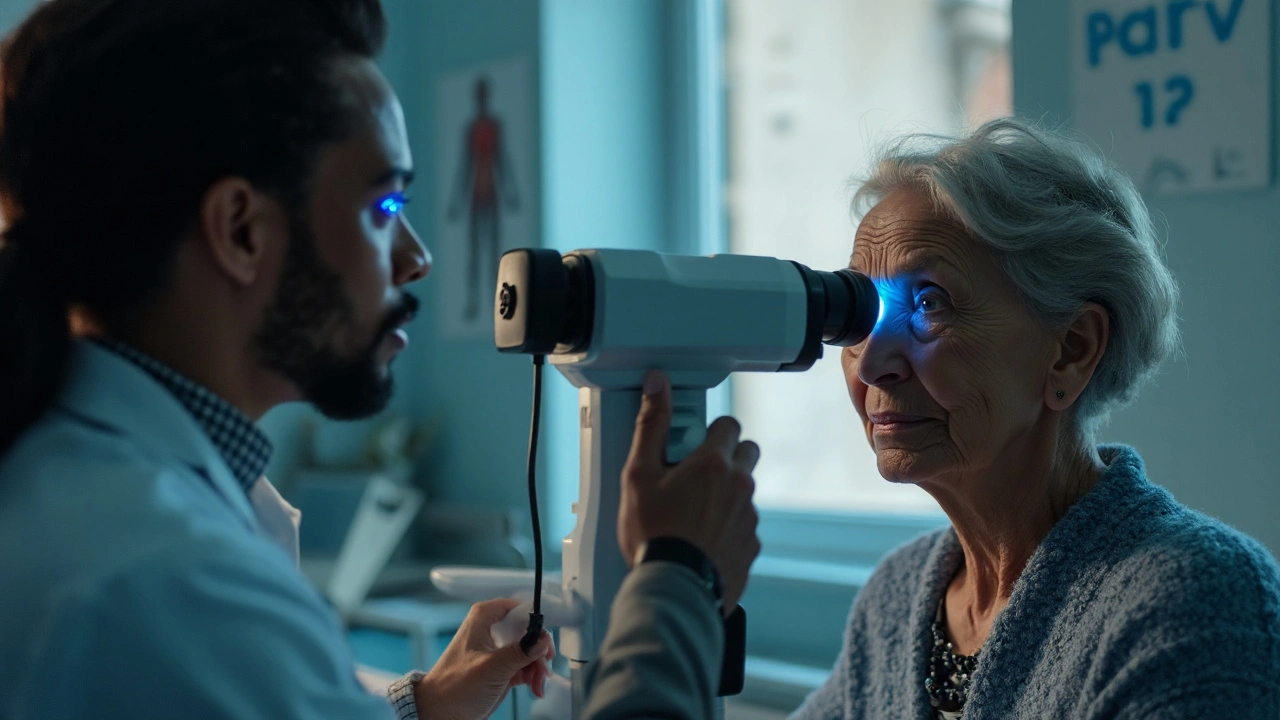Eye Pressure – What It Is and How to Keep It Healthy
Ever heard your eye doctor mention "pressure" and wondered what that really means? Eye pressure, also called intraocular pressure (IOP), is the force of fluid pushing against the inside of your eyeball. When it stays in a normal range, your eyes work fine. Problems start when the pressure gets too high or too low.
Normal IOP sits roughly between 10 and 21 mmHg. Those numbers sound technical, but think of them like blood pressure for your eye. Your eye constantly makes fluid (aqueous humor) that drains out through tiny channels. If drainage slows down, pressure climbs; if it leaks too fast, pressure drops.
Why Eye Pressure Matters
High eye pressure is the biggest hidden risk factor for glaucoma – a condition that can silently damage the optic nerve and lead to vision loss. Many people don’t notice any symptoms until damage is already done. That’s why regular checks are crucial, especially if you’re over 40 or have a family history of glaucoma.
Low pressure isn’t harmless either. It can cause blurry vision, eye pain, or even indicate an infection or inflammation inside the eye. Both extremes tell your doctor that something isn’t working right with fluid balance.
Ways to Lower High Eye Pressure
First off, don’t try DIY treatments without a professional’s go‑ahead. The most effective steps start with lifestyle tweaks. Exercise like brisk walking or swimming can improve blood flow and help lower IOP a bit. Cut back on caffeine – a big cup of coffee can give your pressure a short spike.
Nutrition matters too. Foods rich in antioxidants, such as leafy greens, berries, and oranges, support eye health. Omega‑3 fatty acids found in fish or flaxseed may also help keep pressure down. Try to keep a healthy weight; obesity raises the risk of higher IOP.
If you smoke, quitting can make a noticeable difference. Smoking narrows blood vessels, which can affect fluid drainage inside the eye. Reducing stress through meditation or deep‑breathing exercises can also be beneficial, as stress hormones sometimes raise pressure temporarily.
Medication is often needed for people with consistently high numbers. Doctors prescribe eye drops that either reduce fluid production or improve drainage. It’s important to use them exactly as directed – missing doses can quickly undo progress.
Regular eye exams are the backbone of keeping pressure in check. An optometrist measures IOP with a quick, painless test called tonometry. Most offices do it during a routine check‑up, and it takes less than a minute.
Know the warning signs that mean you should call your doctor right away: sudden eye pain, halos around lights, nausea, or rapid vision loss. Those symptoms can signal an acute pressure spike that needs immediate treatment.
In short, understanding eye pressure is the first step to protecting your sight. Keep tabs on it with regular check‑ups, adopt a balanced diet and active lifestyle, and follow any prescribed treatments. Your eyes will thank you for the extra care.


